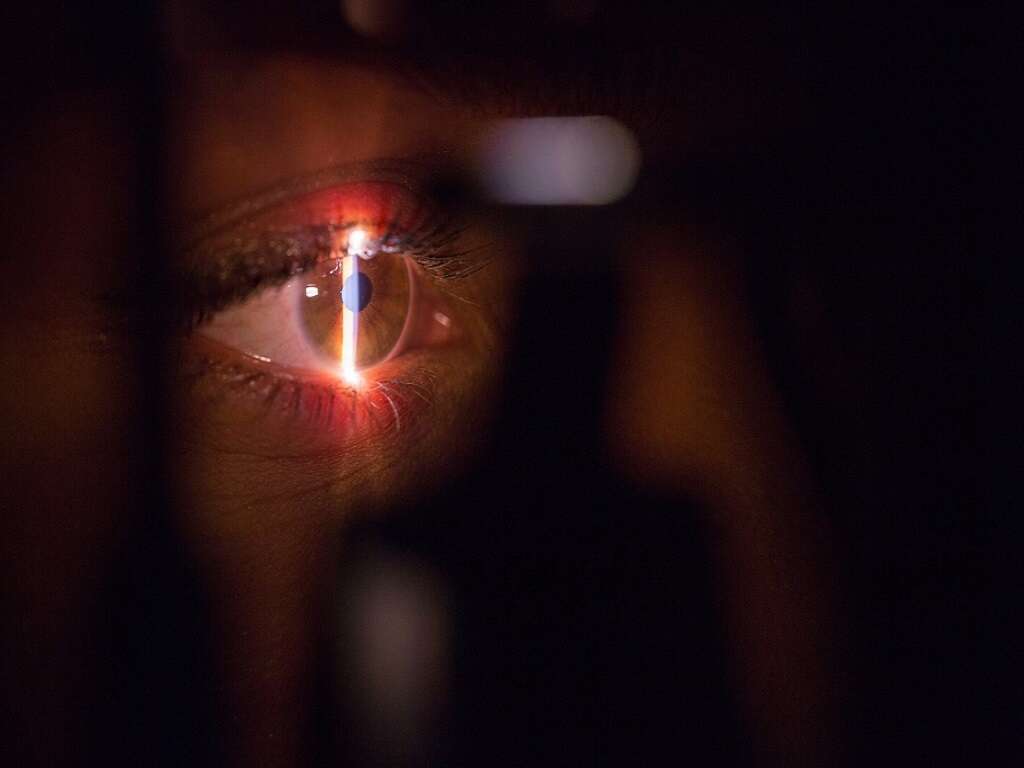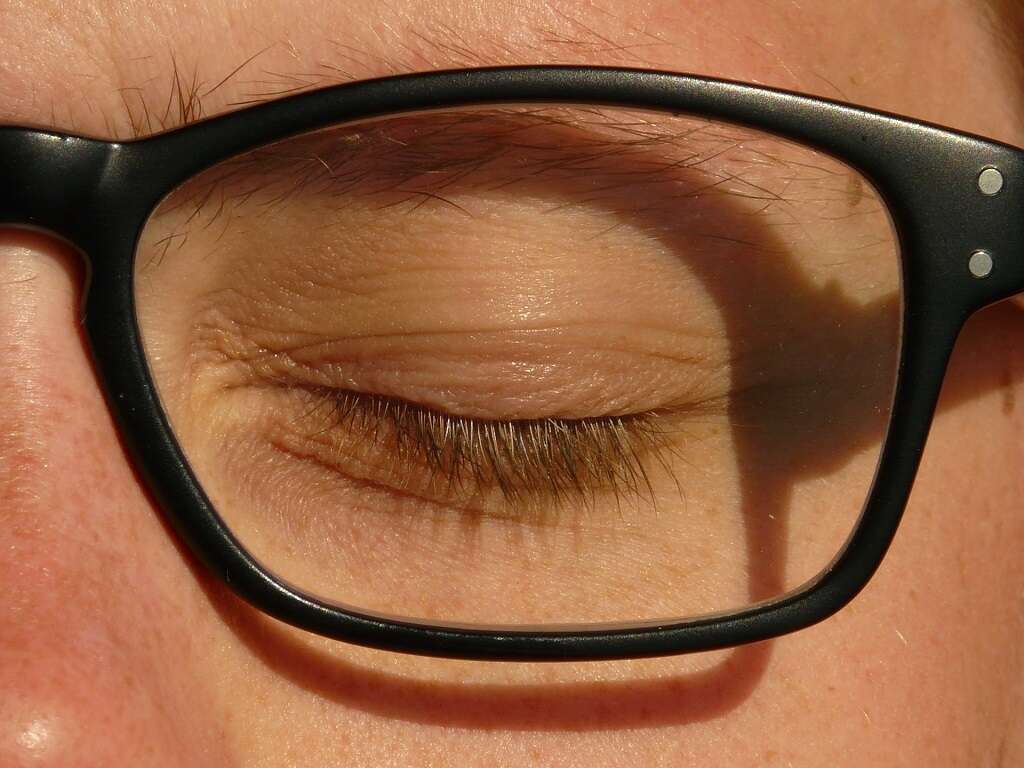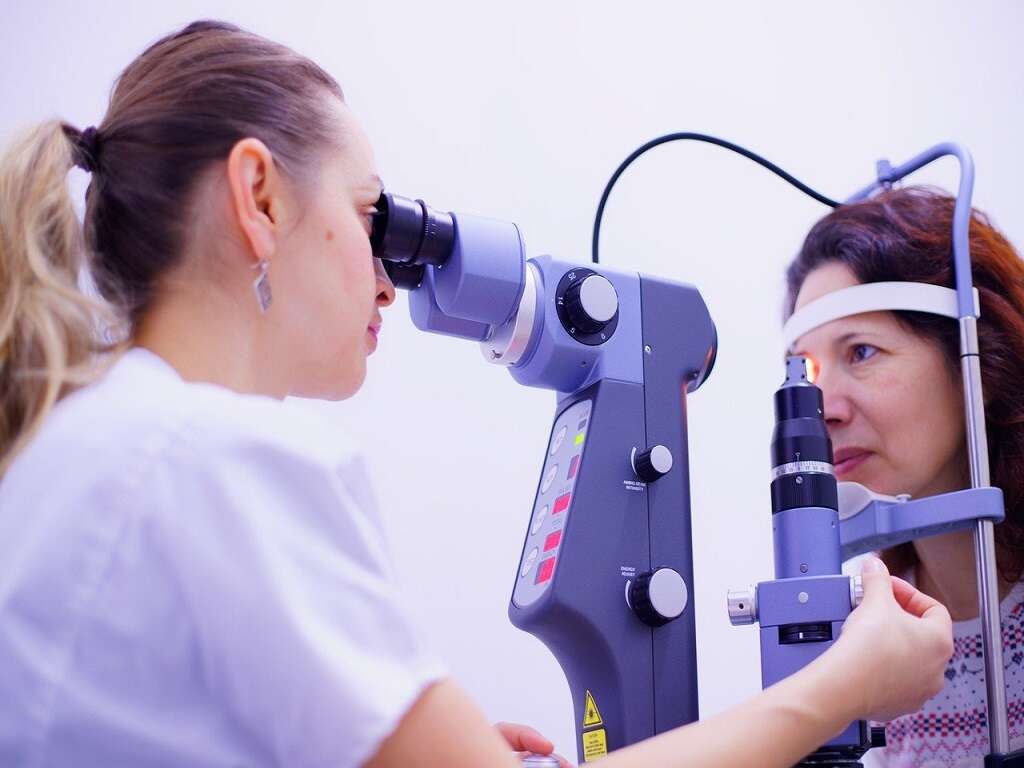Why Are My Eyes Red?
Red eyes may occur when there is irritation or inflammation of the eyes. It is extremely common and can be due to various causes that range from harmless to serious. Eyes become red when the blood vessels in the eyes expand and become congested.
The eyes can become red when there is an insufficient amount of oxygen that is supplied to the tissues in the eye. While red eyes are generally not too much of a concern, when accompanied by symptoms such as abnormal discharge, pain, and decreased vision, it is important to seek medical attention. This article will highlight some of the commonest causes of red eyes.
1. Conjunctivitis
Conjunctivitis, or pink eye, occurs when the conjunctiva is irritated or inflamed. Patients with conjunctivitis generally experience pain, itching, burning, swelling, excessive tearing, discharge, increased sensitivity to light, and slight blurring of vision.
Due to the inflammation and irritation, the blood vessels become swollen and make the whites of the eyes appear reddish or pink. Conjunctivitis is most commonly due to viruses. It can also be caused by bacteria, chemicals, and allergies. Infectious conjunctivitis (by viruses and bacteria) is extremely contagious. The infection commonly spreads through contaminated surfaces and fingers. Infectious causes of conjunctivitis are also often associated with upper respiratory symptoms.
2. Dry Eyes
Tears are important for the eyes as they provide lubrication and moisture. Tears contain oils, mucus, water, special proteins, and antibodies that also function to protect the eyes. Dry eyes can cause sensitivity to light, blurry vision, itching, a feeling that there is something in the eye, a gritty sensation, and redness.
In some cases, there may be excessive tearing as the lack of moisture causes irritation, resulting in reflex tearing. Dry eyes may occur when the environment affects the tear film (such as a fan, heater, or air conditioner). Other causes include aging, conditions where the eyelids are unable to close properly, diseases that affect the ability to make tears, and side effects of medications. It can be managed using artificial tears, ointments, and more.
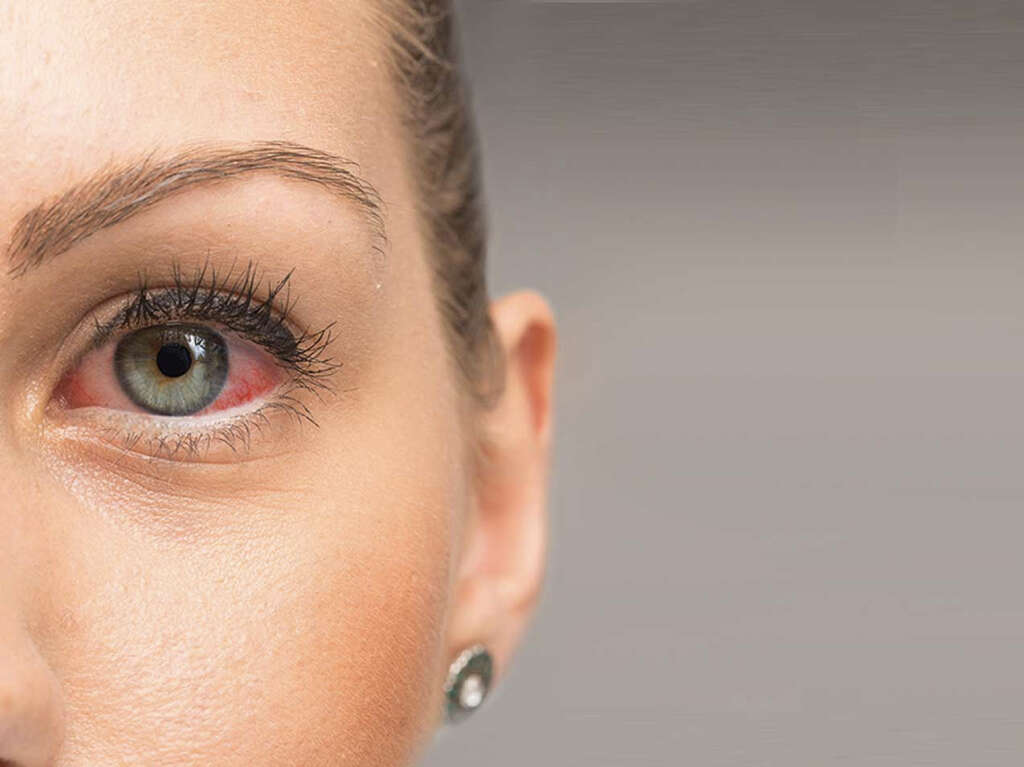
3. Glaucoma
Glaucoma is a group of conditions that causes damage to the optic nerve that results in loss of vision. It can be generally categorized into open angle, closed angle, and normal tension glaucoma. Symptoms may vary depending on the type of glaucoma. For example, in open angle glaucoma, there is no pain and it first affects peripheral vision followed by a decrease in central vision. Left untreated, it results in blindness. In closed angle glaucoma, there can be severe eye pain, nausea, redness in the affected eye, and blurry vision.
This subtype of glaucoma also results in permanent vision loss. Early treatment delays or stops the disease progression. Treatment options include medication, laser, or surgery to decrease pressure in the eye. Closed angle glaucoma is considered a medical emergency.
4. Blepharitis
Blepharitis is a condition that occurs when the eyelids are inflamed. It usually affects the region where the eyelashes grow and can affect both eyelids. The patient often experiences crusting of the eyelid, inflammation, reddening of the eyes, scaling, and photophobia. There may also be a gritty, grainy, itching, or burning sensation in the affected eye.
While it may not cause issues to the eyesight, it can result in permanent alterations of the margins of the eyelid. Treatment generally includes washing the eyes and application of a warm compress. Antibiotics in the form of ointment, cream, or eyedrops, steroid eyedrops, topical cyclosporine, and anti-inflammatory drugs may also be beneficial. Any underlying condition (such as seborrheic dermatitis) that contributes to blepharitis should also be treated.
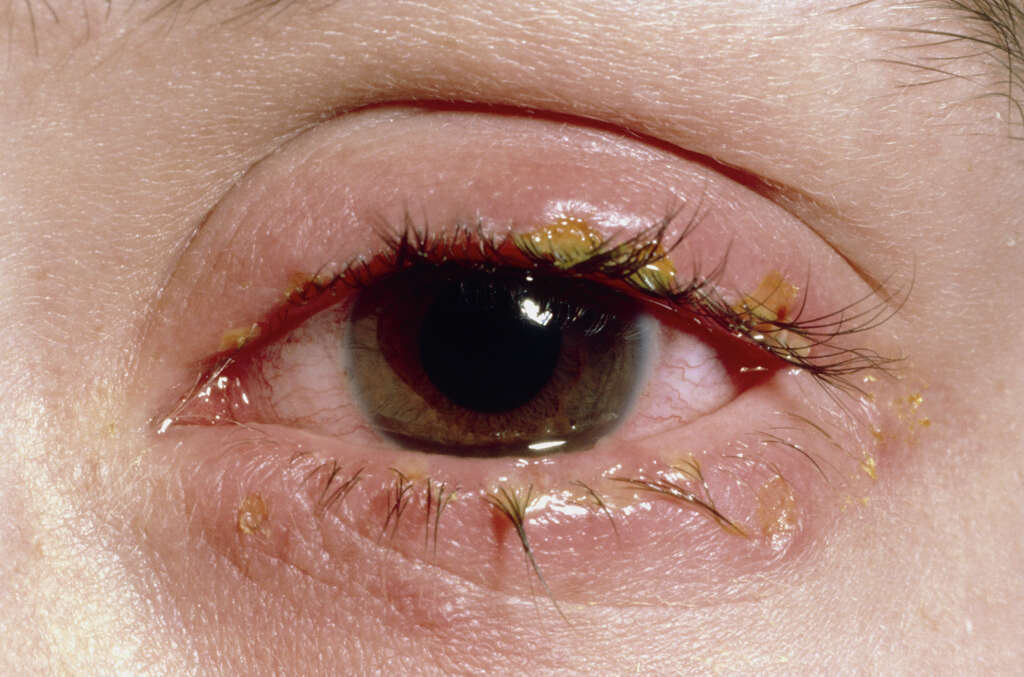
5. Chalazion and Stye
Chalazion refers to a cyst in the eyelid due to the blockage of an oil gland. Patients generally present with a painless swelling on the eyelid and redness that progresses over a few weeks. There may also be heaviness of the eyelid, redness of the conjunctiva, and increased tearing. It is not due to an infection. It may be confused with a stye as it appears to be similar.
However, a stye is often painful with the bump located on the edge of the eyelid and occurs due to a bacterial infection by Staphylococcus aureus. Both these conditions causes redness on the affected eyelid. Treatment involves the application of a warm compress. A large chalazion may require incision and drainage. A stye may require antibiotic ointment. Both conditions are usually harmless and resolve with time.
6. Corneal Abrasion
Corneal abrasion occurs when the surface or cornea of the eye is scratched. This can cause pain, sensitivity to light, sensation of a foreign body in the eye, and redness. The majority of these cases are due to minor trauma such as from fingernails and contact lens. The diagnosis of corneal abrasion can be achieved via application of fluorescein dye and a slit lamp examination.
It is important to rule out more serious issues such as a foreign body in the eye, globe rupture, and corneal ulcer. Treatment usually involves the application of an antibiotic ointment. A fluoroquinolone antibiotic is recommended for those who wear contact lenses. Eye drops (cyclopentolate) causing pupil paralysis, paracetamol, and nonsteroidal anti-inflammatory drugs (NSAIDs) can help with the symptoms. It is estimated that 3 in 1,000 individuals are affected in the United States annually.
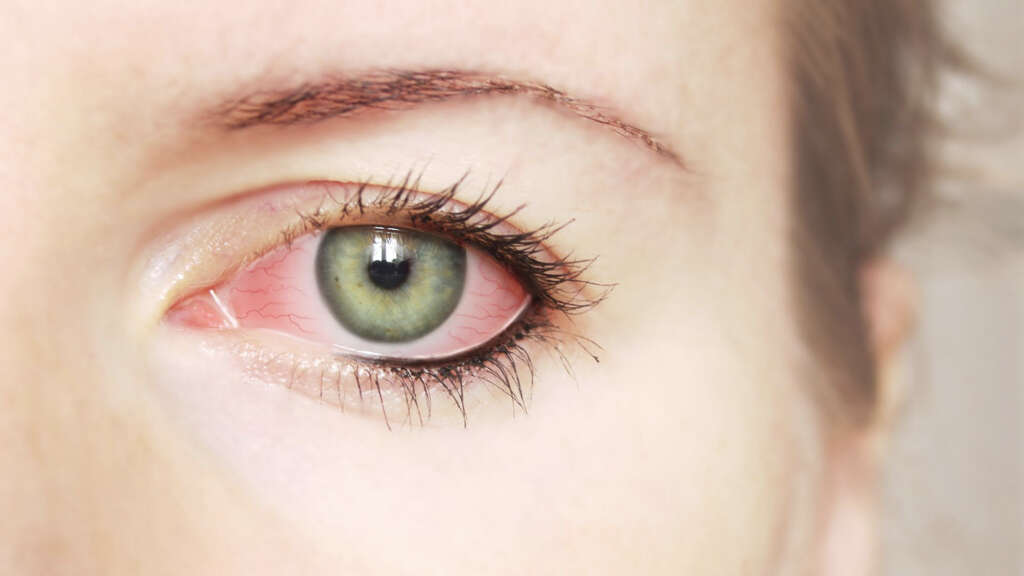
7. Subconjunctival Bleeding
Subconjunctival bleeding, or hemorrhage, occurs when a small blood vessel in the conjunctiva (outer layer of the eye) bleeds resulting in redness of the eyes. It an occur when there is high blood pressure, during sneezing or coughing, lifting heavy objects, vomiting, rubbing of the eye too vigorously, trauma to the eye, atmospheric pressure changes, straining, and use of blood thinners like warfarin and aspirin.
Patients often present with bright red eyes that may feel scratchy, dry, or rough. Although it may appear alarming, the condition is not dangerous and usually resolves within 2 weeks without treatment. No treatment is necessary unless there is significant trauma. Application of artificial tears may help with eye discomfort.
8. Uveitis
Uveitis can be defined as inflammation of the uvea. The uvea consists of the choroid, ciliary body, and iris. This condition is considered an ophthalmic emergency and requires urgent treatment. It can be divided into anterior, intermediate, and posterior uveitis.
The symptoms differ depending on the type of uveitis. In anterior uveitis, symptoms include light sensitivity, redness of the eye, blurry vision, burning, headaches, irregular pupils, and more. In intermediate and posterior uveitis, patients may experience floaters and blurry vision. Uveitis is often associated with various medical conditions such as Crohn’s disease, Behcet disease, sarcoidosis, spondyloarthritis, leptospirosis, syphilis, tuberculosis, and multiple sclerosis. Treatment generally involves glucocorticoid steroids orally or as topical eye drops.
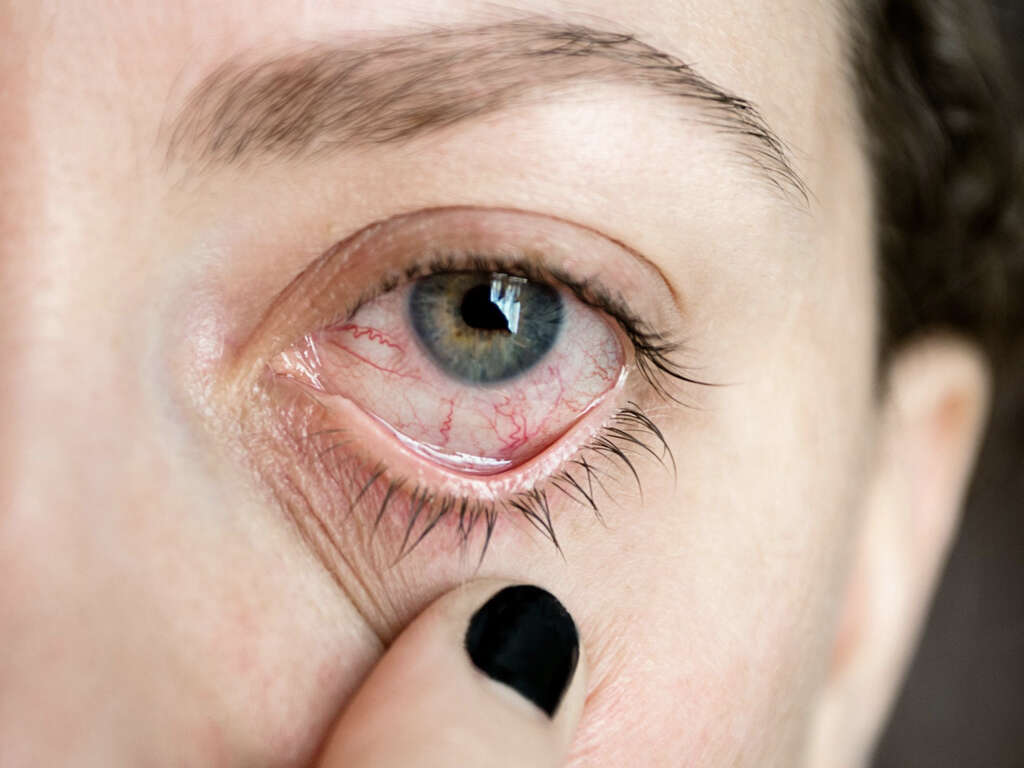
9. Keratitis
Keratitis occurs when the cornea of the eye becomes inflamed causing intense pain, impaired vision, sensitivity to light, having a gritty sensation, and redness of the affected eye. It can be classified based on the chronicity, etiologic agent, stage of disease, or environmental etiology.
For infective causes, it may be caused by bacteria (Pseudomonas aeruginosa, Staphylococcus aureus), virus (herpes simplex virus), amoeba (Acanthamoeba), fungal (Aspergillus fumigatus, Candida albicans), or parasites (Onchocerca volvulus). The treatment of keratitis depends on the underlying cause. Infectious keratitis requires elimination of the pathogen using antibacterials, antivirals, or antifungals. There are some infections that may cause corneal scarring, resulting in visual impairment.
10. Eye Strain
Perhaps the most common reason in today’s world due to technology, eye strain occurs when a person concentrates on a visually intense task that causes the tightening of the ciliary muscle, resulting in irritation and discomfort. Individuals with eye strain often experience blurry vision, headaches, double vision, pain in the eyes, eye redness, and fatigue. It often occurs after tedious visual tasks such as computer work or reading.
Eye strain can also occur when one is trying to look at a blurred image as the ciliary muscle tightens to focus and eliminate the blurriness. As the individual pushes on with the task, the eye strain worsens due to the buildup of fatigue. Eye strain does not generally require treatment and can be alleviated by taking breaks and allowing the eyes to focus on a distant object once an hour.




